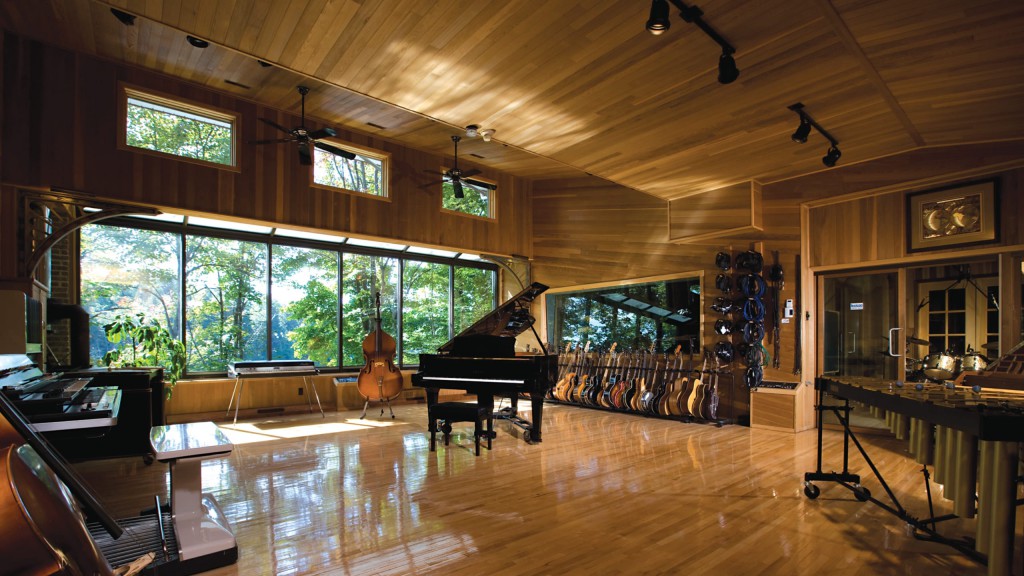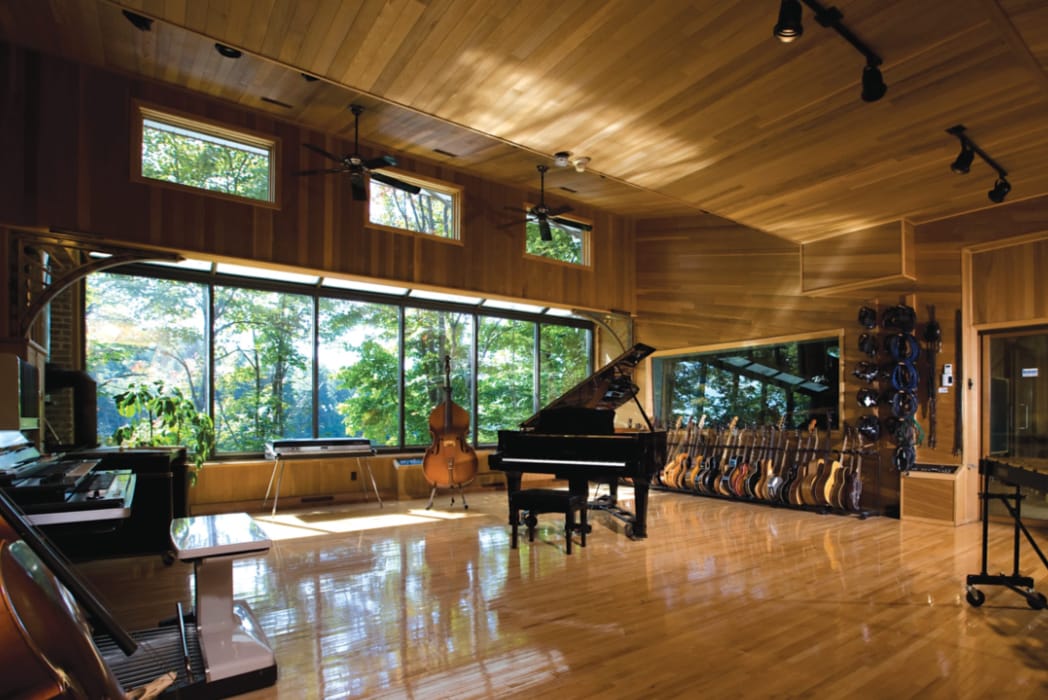ROOM EQUALIZATION: WHY AND HOW
Did you know that you can tune your listening experience to your taste and your room for maximum improvement? The Room EQ plugin integrated into the Weiss Series 5 devices makes it possible.
You might know the situation: You have installed your device, set up your listening position, and are now ready to enjoy your favorite music. But somehow there is no joy in doing so – boomy bass, distracting frequencies, or simply an inharmonious sound experience make your favorite music seem unpleasant. Good news: if you have a Weiss device of the series 5 (DAC 501, DAC 502, DSP501, or DSP502) you can adjust it yourself with the built-in Room Equalizer – in short Room EQ – comfortably at home, without taking microphone measurements, completely according to your very own hearing sensation.

One thing people often leave unnoticed is how big an impact the room has on the overall listening experience. Even a terrific hi-fi setup will perform less than optimal in a poor-sounding room. Depending on the material in walls and furniture, sound waves are reflected and absorbed to a greater or lesser extent. The harder or thinner these materials, the less absorption — a phenomenon that is particularly noticeable with glass or hard stone. This can trigger certain frequencies to bounce around the room too much, causing them to build up, resulting in a high level of reverberation and masking effects. The listening experience becomes indistinct, distracting, and imbalanced due to rattling, booming, interfering, or overlapping frequencies. Don’t get us wrong: a certain amount of reflection is desirable (anyone who has ever been in an anechoic chamber can attest to this), but an unbalanced amount of reflection and absorption weakens the listening experience.
What now? The first and optimal step would be to treat your room acoustically. Therefore, you could consider making the following adjustments:
Speakers: Are your speakers delivering the audio quality you prefer (warm, glaring, etc.)?
Placement: Have you placed your speakers optimally? Depending on the speakers and your room materials, the speaker placement can be crucial. Check this article to dive more into this subject.
Room acoustics: Are there many reflective materials in your room (e.g., glass or stone walls)? Could you possibly counteract this with carpets or similar? Could you imagine installing wall absorbers or – if the bass modes (the low frequencies which cause resonances) are a particular sticking point – adding a bass absorber? You can determine the bass modes following this link if you feel like specifically the bass modes present a problem in your room.
In most cases, the listener’s room geometry, as well as the wall composition, are given with no possibility to take structural measures or adjust the interior design. This is where the Room EQ comes into play. A Room EQ matches the frequencies bouncing back and forth in the room, attenuating those that overpower others, so that all frequencies and the soundwaves of your favorite music get their proper place in your room. The result is a harmonized, balanced, pristine sound, and thereby a joyful listening sensation.
Make your Weiss device your very own, well-tuned to your listening environment and listening habits. All you need is your ears and a test file with the accompanying chart. This is how it works – simple and pragmatic:
Download a sweep from our website. The sweep takes you through different audio frequencies. Make sure you have this chart ready, go to your listening position, and play the sweep file. Pay attention to the changes in volume and check off all the times when it peaks. Of course, you can repeat this test as often as you like until you have noted all volume maxima.
Important: If you notice a dip in amplitude while playing the sweep, do not try to compensate by using an EQ boost. The dip should not be touched.
Now it’s time for the adjustment: Activate the Room EQ in your Weiss device and tap on “Enable”. You can now modify the individual frequency bands. First set the Frequency fader to the frequency you perceive as the loudest. Now adjust the Q fader to a first guide value of 14. This is the parameter that will be set as a cut to that frequency. Next, move the Gain fader to -15 dB, to begin with. Then play the sweep again and check whether the volume at the critical point now remains constant. If you still hear a difference in volume, move the Gain fader again. If this does not produce a satisfactory result yet, set the Q parameter to a lower value and go through the steps again.
As soon as you no longer notice any differences in volume, you have reached the optimal setting for your system and your room. Now comes the delightful moment: Turn on your favorite music and enjoy the difference and the pristine sound.
Important: We all have listening habits. Therefore, it may be that the new sound feels unfamiliar at the beginning. However, it is absolutely worth keeping the new settings and getting used to them. Give yourself some time, knowing that you have now achieved the ideal settings for your room. By the way, we recommend using the Room EQ even if you don’t initially feel the need to change anything with this plugin. The differences can be enormous.
To conclude, it is important to point out that a Room EQ only affects the excitation of the room and its given room acoustics. Equally, the quality of the Room EQ’s performance is highly dependent on the existing room setup. Therefore, the first approach should always be an acoustic treatment of your listening room. If you would like further guidance on these matters, you may consider consulting a room acoustician who will advise you on what measures are best for your room tailored to your demands.
